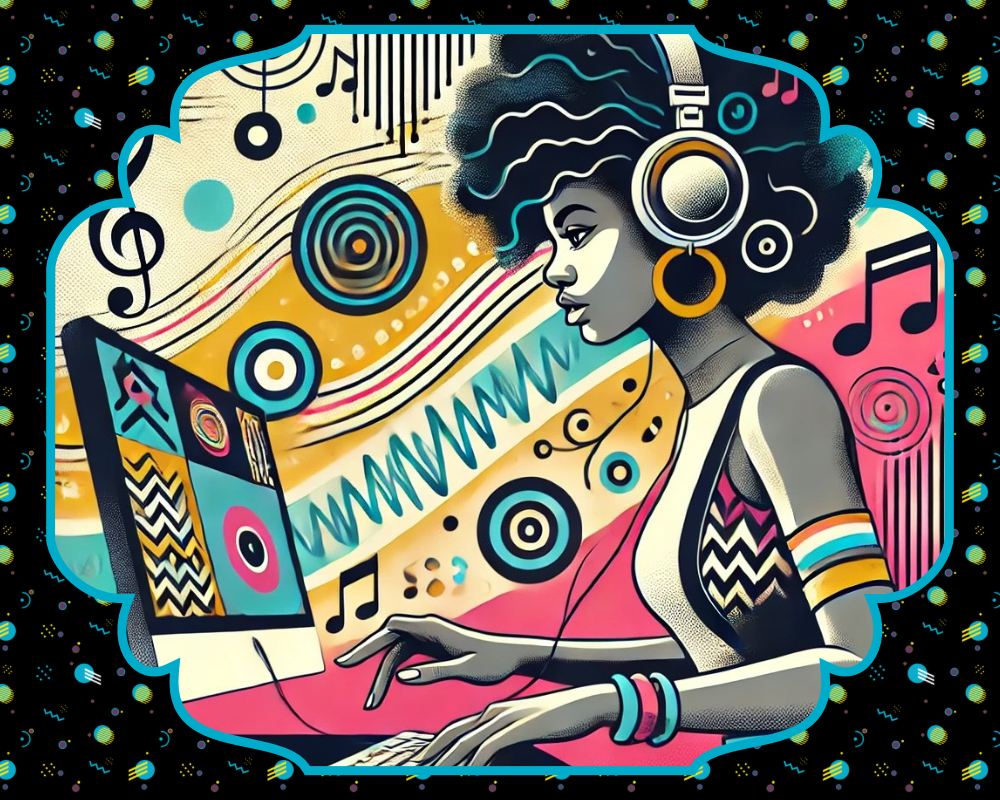

Music Metadata: The Industry’s Dirty Little Secret
Ever wondered why some royalty checks you know you earned just never arrive? The culprit, more often than not, is freakin’ metadata – the hidden songwriting info that should ensure you get properly paid and credited.
What is Music Metadata?
On streaming services, music metadata is the basic song info like titles, credits, publishers, etc. But behind the scenes, it’s way more complex data tied to each track that must sync across industry databases worldwide to direct royalties to the right people when songs are played or licensed.
Sounds simple enough, yet musicians have been plagued by metadata issues for decades due to poor standardization and verification practices. There’s no uniform format, no way to validate accuracy before release, and no central database housing it all.
Where Metadata Goes Wrong
First, the metadata formatting is all over the place. A record label’s credits could look completely different than Spotify’s or ASCAP’s database, causing constant rejection errors and dropped info when transferring between platforms.
Then there’s the faulty data being input from the jump. As songs get passed from writers to producers to engineers, it’s a metadata game of telephone. One person misspells a name or omits a credit, and bam – that bad info propagates everywhere that track gets distributed.
All those tiny mistakes combine to create a tsunami of unpaid royalties estimated in the billions annually. Up to 25% of payments go to the wrong place or no place at all due to metadata flaws alone.
The Vicious Metadata Cycle
In an ideal scenario, finalized metadata is supplied directly by the artist and meticulously validated before distribution. We live in the real world though – labels race to release music quickly, then spend months firefighting metadata problems after the fact.
Corrections are possible but not a cure-all. First, you actually have to identify the problematic metadata. Then update it across every last database it landed in initially, a gruelingly inefficient process. Even when errors get resolved, artists may still miss out on payments based on varying rules for holding unclaimed royalties.
The Pursuit of a Centralized Solution
For years, the industry’s biggest players have chased a mythical centralized, standardized database to streamline global metadata. Dozens of roadblocks stand in the way though – opposing interests, governance issues, reluctance to share data, international complexities, and funding woes just to name a few.
The growth of streaming exacerbates the mess. Nowadays, each hit song can spawn hundreds of remixes, covers, and alternate versions – each with their own metadata trail to document and monetize properly.
Baby Steps Toward Progress
While dreams of a magic metadata solution persist, incremental band-aids are emerging to help mitigate the dysfunction:
- Apps like Splits create digital music creator contracts to lock in ownership splits
- Software add-ons embed metadata directly into production files
- Increased lobbying for streaming services to display more complete credits
Still, widespread artist education about metadata’s importance and how to protect your hard-earned money remains lacking. After all, eyeballs on the metadata equates to more pressure on the powers-that-be to finally get their act together.
The Bottom Line
At the end of the day, shoddy metadata practices rob musicians of their rightfully owed income while enriching an industry that refuses to prioritize this “smallest” of issues. Until a global metadata paradigm shift occurs, it’s on artists to stay metadata-vigilant to ensure they don’t keep leaving cash on the table.